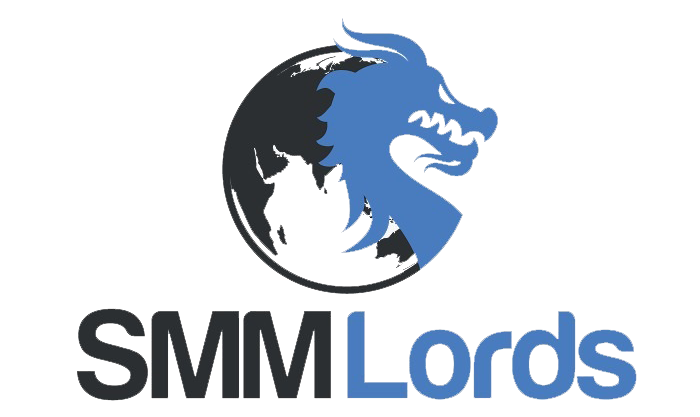Social media is an increasingly important tactic in companies’ marketing strategy and yet results from The CMO Survey continue to indicate that many companies manage social media as a separate activity. Asked how effectively social media is linked to their company’s marketing strategy on a 1-7 scale where 1 is “not integrated” and 7 is “very integrated,” the average level of integration was only 3.9. Although we see companies planning to increase social media spending as a percent of marketing budget from 9.4% to 13.2% over the next year and 21.4% over the next five years, the level of integration has not changed in the past four years.
We interviewed entrepreneurs across business sectors for insight in to what actions they’re taking to enhance societal media integration. Here’s what we heard.
Pick strategy over Resources
Social networking remains in its infancy, and so change is continuous and new tools have been released at lightning pace. Employing the most current and best technology can benefit the business, particularly when its target market comprises more and younger media-savvy clients. But, it’s always important to estimate the worth and effect of a social networking tool contrary to the organization’s marketing strategy instead of its innovativeness. Will the tool assist the business design or produce a more efficient marketing plan? Otherwise, leave the shiny thing on the shelf for a different day.
Drive social networking activities against advertising goals.
If societal media activities are undertaken without a transparent customer aim, integration is very likely to be elusive. It follows that marketers must always recognize a particular customer aim when employing social networking strategies. 1 frequent approach, we detected was entrepreneurs employing social lateral to help move the client right into and through the purchase funnel.
Be forward looking.
Like conventional media campaigns, social networking is frequently utilized to create brand, product, or business awareness. If consciousness is your goal, marketers have to have a very clear comprehension of what occurs next in the organization’s advertising strategy to convert consciousness into order intent. Similarly, if building new advocacy is your purpose, marketers ought to be clear about how to use those evangelists to enhance the organization’s message and boost customer loyalty.
Align social networking channel to advertising strategy.
While nearly every brand is on Facebook and Twitter, there are a number of other social networking platforms, for example Instagram and Snapchat. Brands typically don’t have the tools to be on each social networking platform, therefore how can entrepreneurs prioritize? They ought to select the social networking platforms that match the organization’s target market and brand placement. For example, Facebook and Twitter are inclined to reach a wide market, whereas Instagram and Snapchat possess a younger consumer base.
Produce social networking toolkits.
Brand toolkits have become standard procedure for several businesses and are effectively utilized to direct local markets about the best way best to depict global brands by giving guidelines and templates to tailoring content. In a similar manner, some businesses have started to create social networking toolkits including templates for Facebook and Twitter articles. These kits will ensure strategic alignment and make a more cohesive brand image across geographies and platforms while reducing time and resources necessary to create social networking content.
Place social media specialists on manufacturer and client teams.
When social media functions from a different group or by a different place, there’s a larger likelihood of integration. Rather, social networking specialists ought to be closely connected to the new and client teams so that they are involved once communication objectives are established. This participation pays off since social networking specialists are tuned into the newest platforms and understand what strategies generate interest from present and possible clients, fans, and fans. Because of this, these specialists can direct new teams into the best outcomes.
Balance in-house and service experience .
With this much to understand and societal media proceeding at such a quick pace, many businesses outsource social networking activities to numerous agencies. This arrangement simplifies the integration of social networking because agencies seldom comprehend the totality of a business’s marketing plan. This dilemma leads some businesses to move more sociable networking actions in house or use profound partnership versions with their own agencies.
Convert to buy .
Social networking is among the hardly any areas where businesses can participate with their clients in a continuing, private, and real time method. Therefore, it can function as a vital touch point that attracts the organization’s advertising strategy for its raison d’être–buy. If, by way of instance, the Insights articles she’s going shopping for a specific thing, businesses can respond using a tweet containing useful info or customized discounts, or promotions.
Be eager to say no.
Considering that the buzz surrounding societal websites, each new or customer-facing function probably wants its Facebook Twitter and page accounts. Marketing leaders will need to maintain the line and choose which social networking platforms are best for any particular brand from a tactical and client perspective. Assessing social networking access through a societal networking group guarantees that someone is in charge and educated about the most effective strategies to utilize it within a corporation’s or brand’s advertising strategy.
Champion integration.
For integration to be appreciated and hunted, leaders will need to discuss success stories across the business. Success stories may become part of their organization’s ethos and influence the integration of social networking in advertising actions.
Type out attribution.
If social networking is a part of a organization’s marketing strategy, queries will be raised about its own participation to revenue revenue and the way it works independently and together with other strategies. All these are worthy questions and measures should be taken to understand and assess the effects of social networking to be able to incorporate it with the organization’s marketing plan in the most efficient and beneficial method. Marketers should not let those attribution queries keep them from chasing societal media but rather consider them an chance to demonstrate its worth.
Learn from failures.
As it’s far easier to experiment with social websites than conventional media, businesses can test and find out fast. Additionally, social media implementation costs are normally considerably more compact compared to conventional press, therefore the losses out of failures tend to be less intense. By experimenting with social networking, businesses can more accurately determine which social networking articles and campaigns have the best impact in their advertising approaches –assisting to further integration attempts.
When social networking is integrated with the organization’s marketing plan, the organization’s management of its client and brand resources is eloquent. Tactical elements like segmentation, targeting, placement, and most of go-to-market actions reflect a consistent and clear comprehension of the value the firm offers to its clients and the way the provider attempts to capture value from bringing and keeping these customers with time. The end result of social networking incorporated into advertising plan is enhanced efficiency and effectiveness in all facets of the promotion program.







Leave A Comment